Authored by American scientific writer, editor and lecturer Edward Livingston Youmans (1821-1887), Chemical Atlas; or, The Chemistry of Familiar Objects aimed to popularise science. Along with his brother William Jay Youmans (October 14, 1838 – April 10, 1901), Edward founded The Popular Science Monthly magazine in May 1872 – the magazine that became Popular Science.
The book was designed for those students with no previous chemical knowledge. Unlike any contemporary introductory chemistry text book, The Chemical Atlas contains no periodic table of the elements having been published about 14 years before Russian chemist Dmitri Mendeleev published the first version of the periodic table we know today.
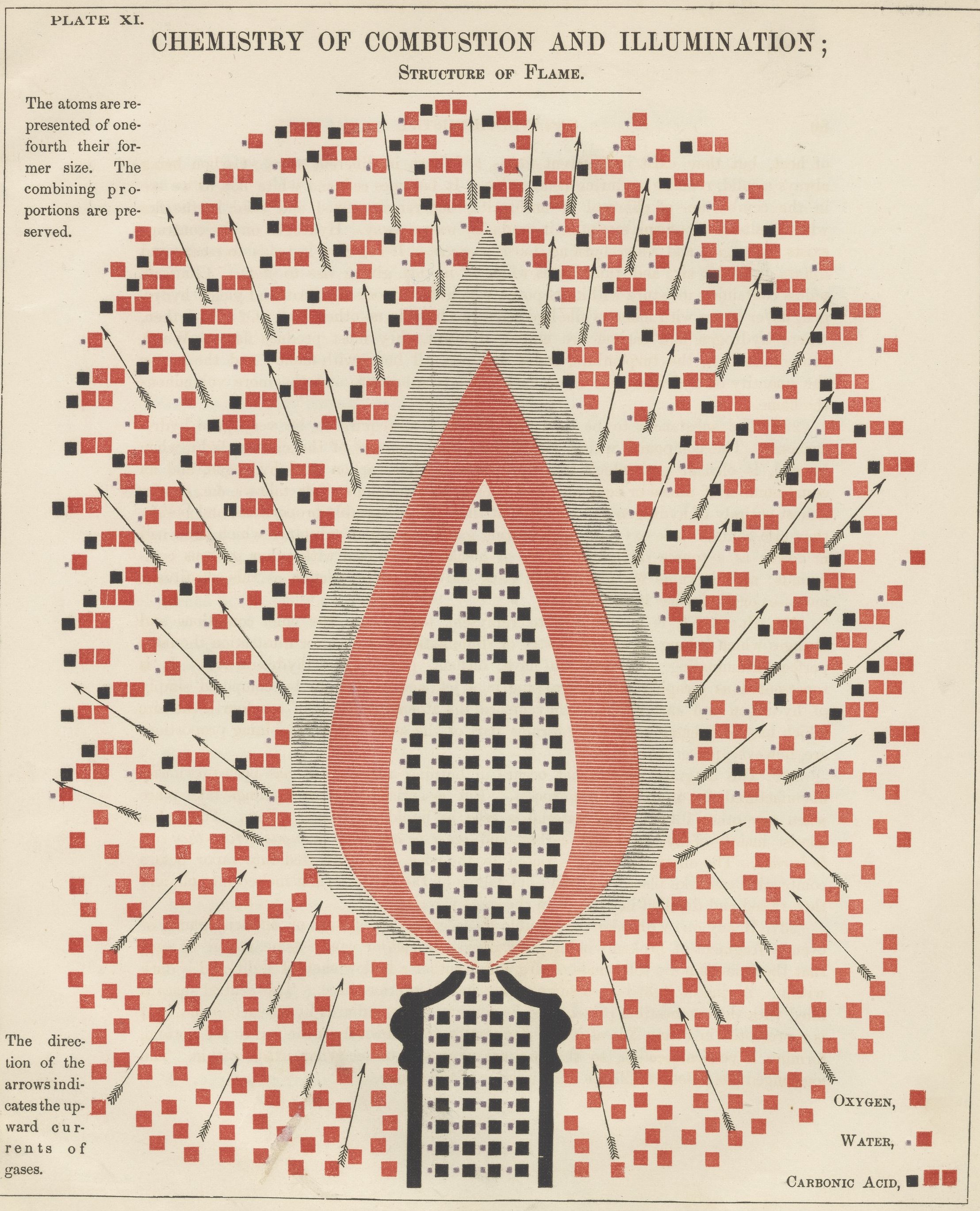
Plate XI: Chemistry of Combustion and Illumination
Color plate illustrates the chemistry of combustion and illumination through the structure of a flame. The currents of gases are indicated by the direction of the arrows.

Plate V: Examples of Isomerism
Color plate illustrates examples of isomerism. Includes the metamerism of various oils and olefiant gas as well as the polymerism of aldehyde, acetic ether, oil of peppermint and oil of lavender.
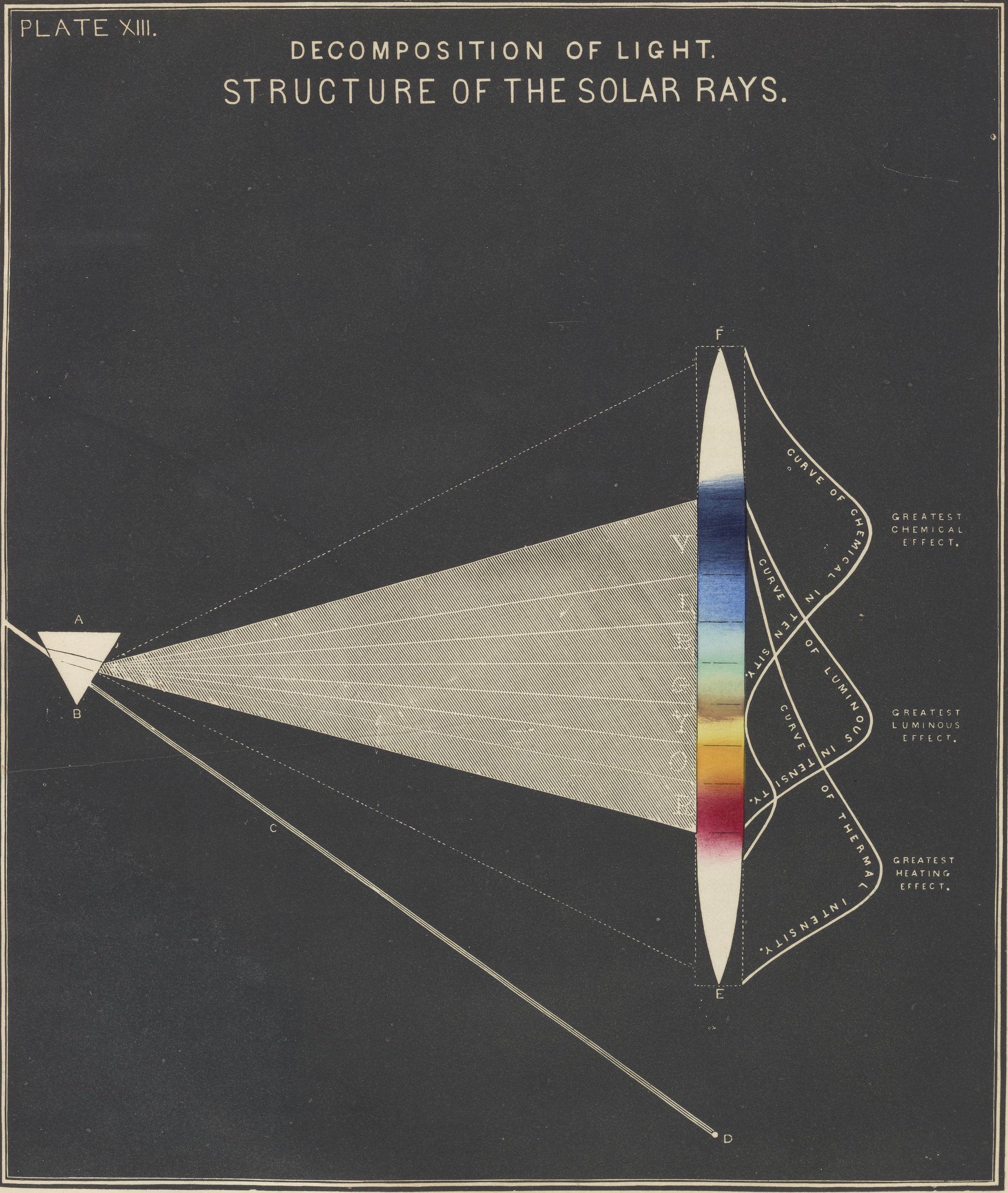
Plate XIII: Decomposition of Light/Structure of the Solar Rays
Color plate depicts the decomposition structure of solar rays. Light passes through a prism illustrating the color composition of solar rays.

Plate VI: Illustration of the Theory of Compound Radicals/Theory of Chemical Types/Theory of Pairing
Color plate illustrates the theory of compound radicals, the theory of chemical types (doctrine of substitution) and the theory of pairing (example of coupled acids).
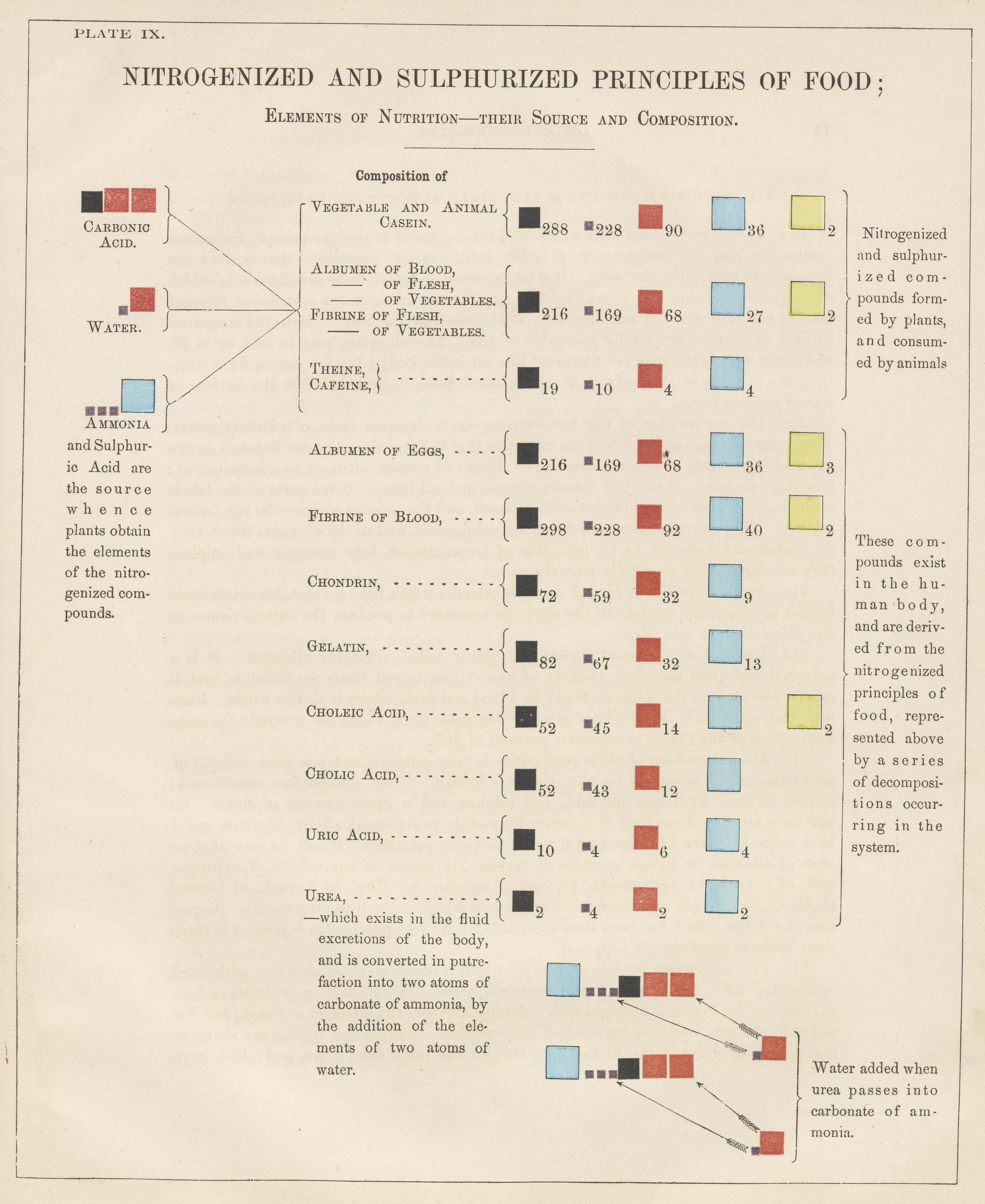
Plate IX: Nitrogenized and Sulphurized Principles of Food
Color plate depicts the nitrogenized and sulphurized principles of food. The elements of nutrition, including their source and composition, are illustrated.
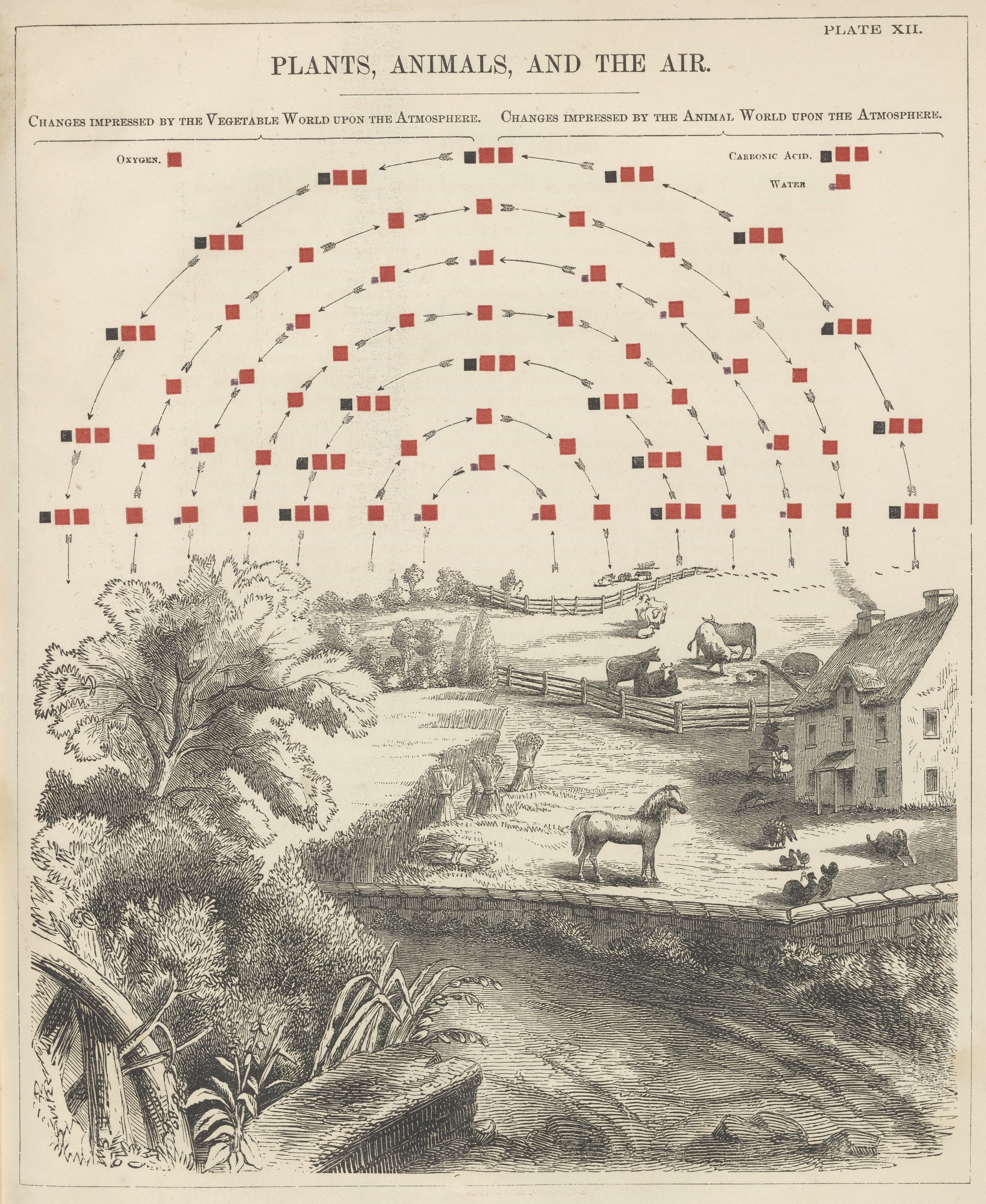
Plate XII: Plants, Animals, and the Air
Color plate depicts a pastoral countryside with animals, a house and foliage. The sky illustrates the symbiotic relationship between plants, animals and the atmosphere through icons representing oxygen, carbonic acid and water.
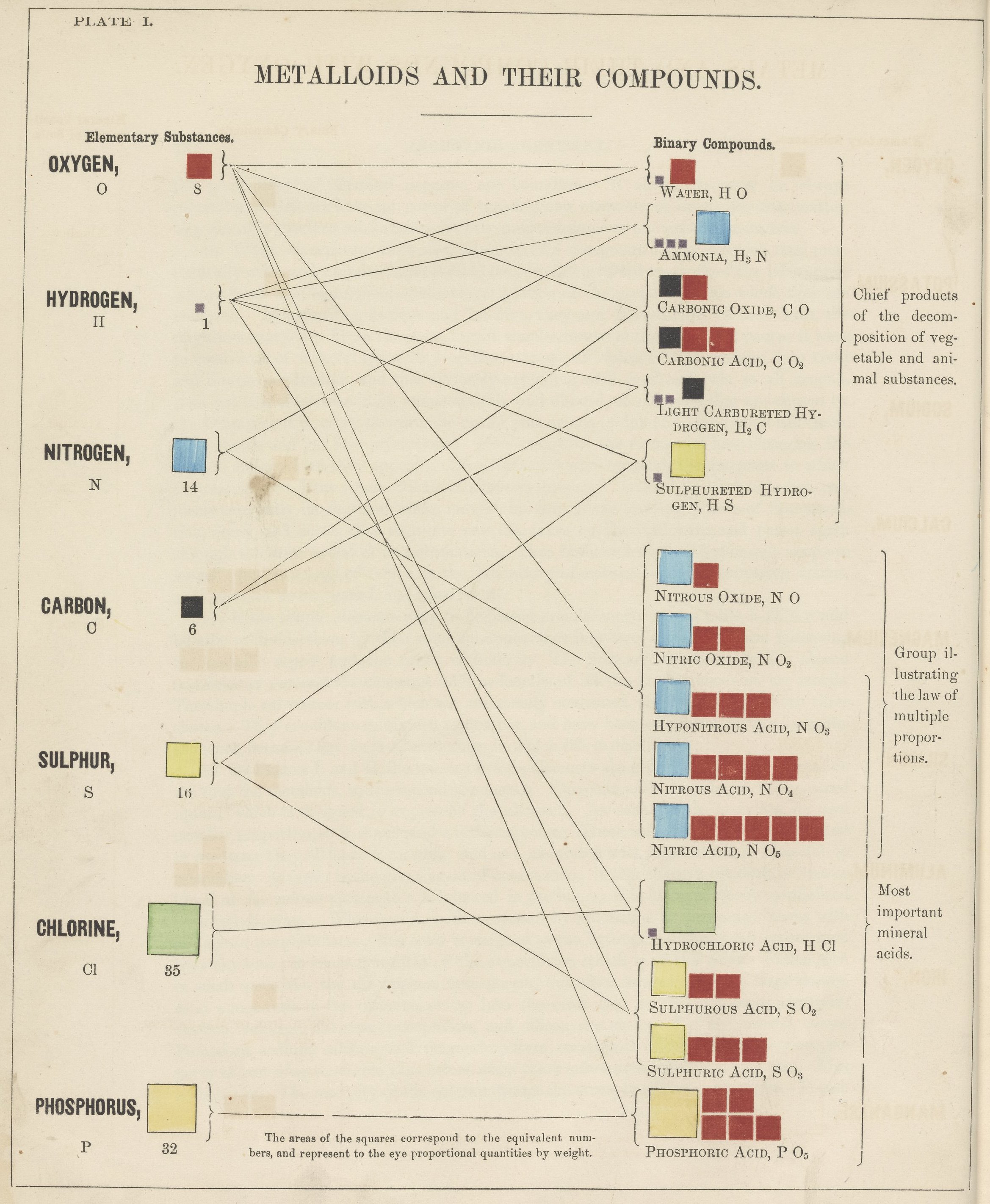
Plate I: Metalloids and Their Compounds
Color plate illustrates the compounds of oxygen, hydrogen, nitrogen, carbon, sulphur, chlorine, and phosphorus.
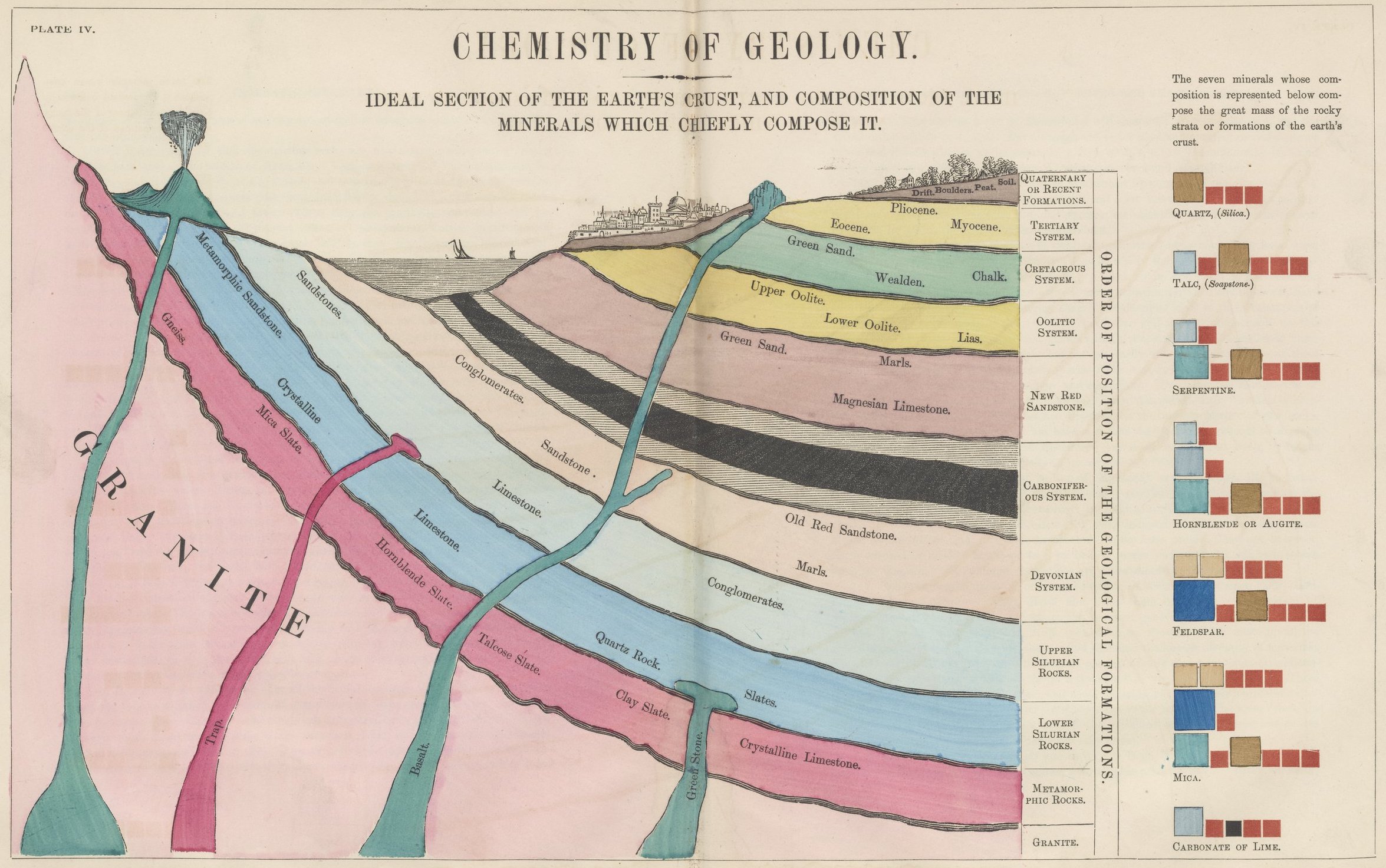
Plate IV: Chemistry of Geology
Color plate illustrates the chemistry of geology, depicting a section of the earth’s crust and its composition of minerals. The right side of the illustration lists the order of the geological formations.
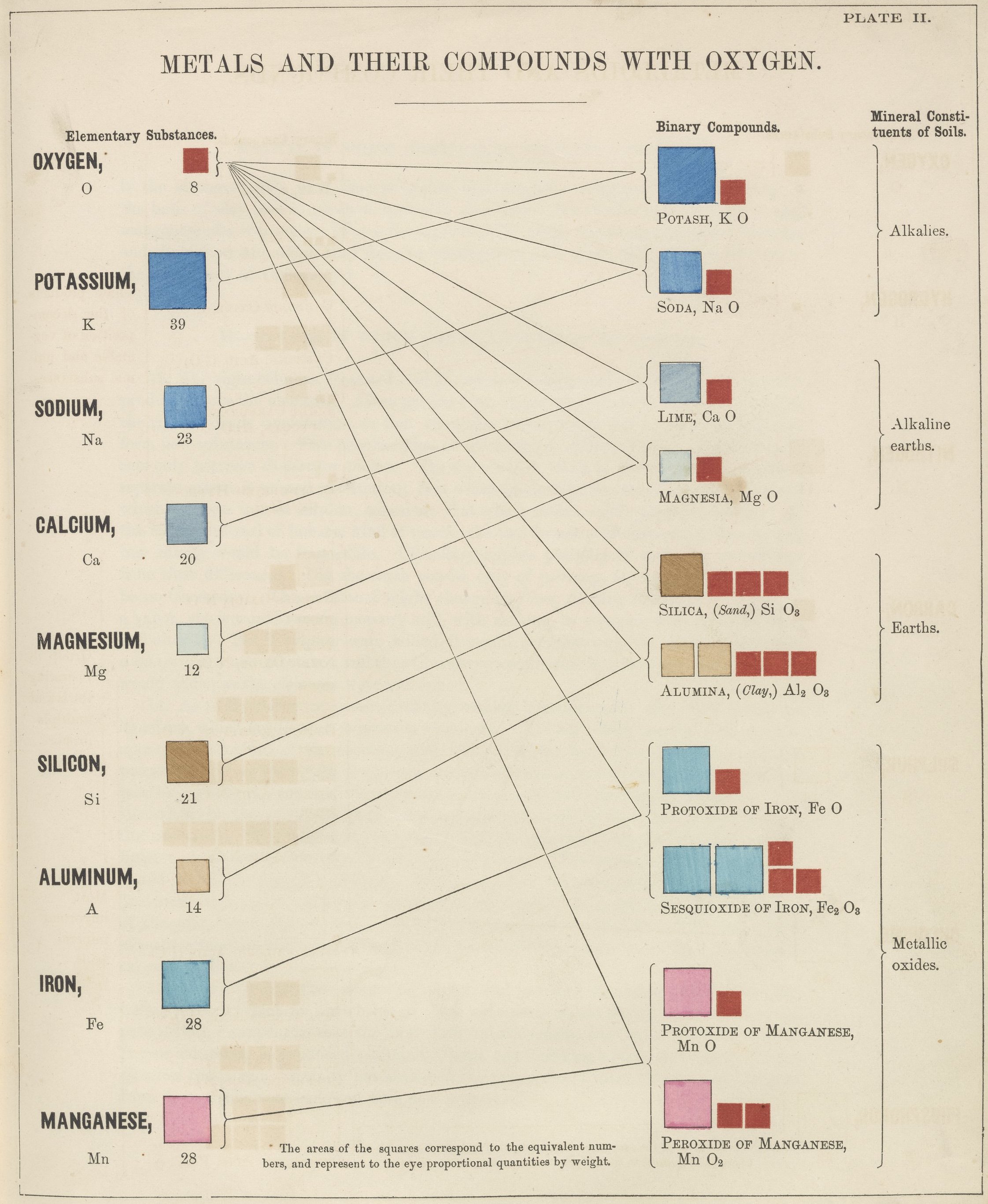
Plate II: Metals and Their Compounds with Oxygen
Color plate illustrates metals and their compounds with oxygen. Includes oxygen, potassium, sodium, calcium, magnesium, silicon, aluminum, iron, and manganese.

Plate III: Composition of Salts
Color plate illustrates the composition of salts including the structure of acids and salts as well as the salts of phosphoric acid.
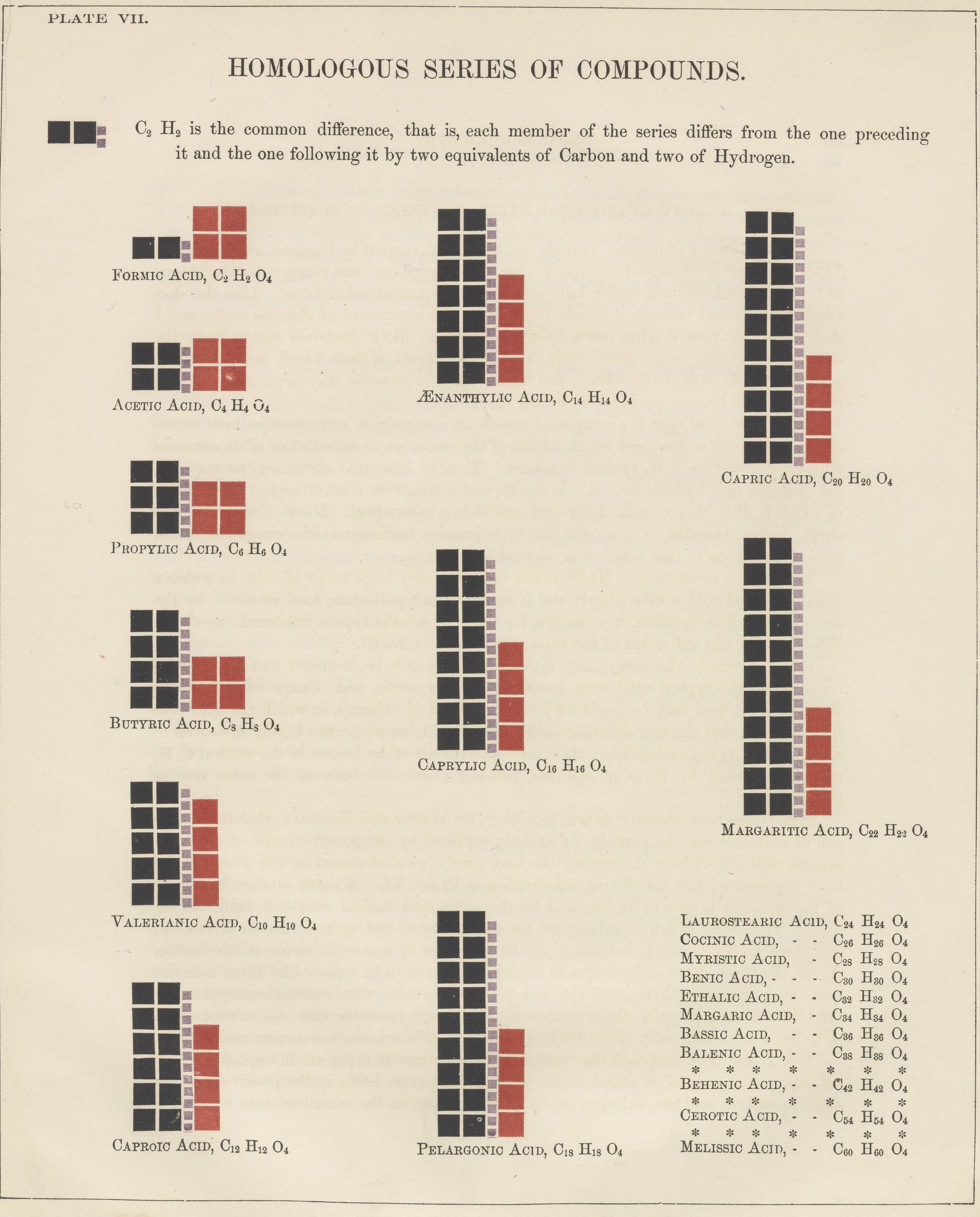
Plate VII: Homologous Series of Compounds
Color plate illustrates the homologous series of compounds of various acids.
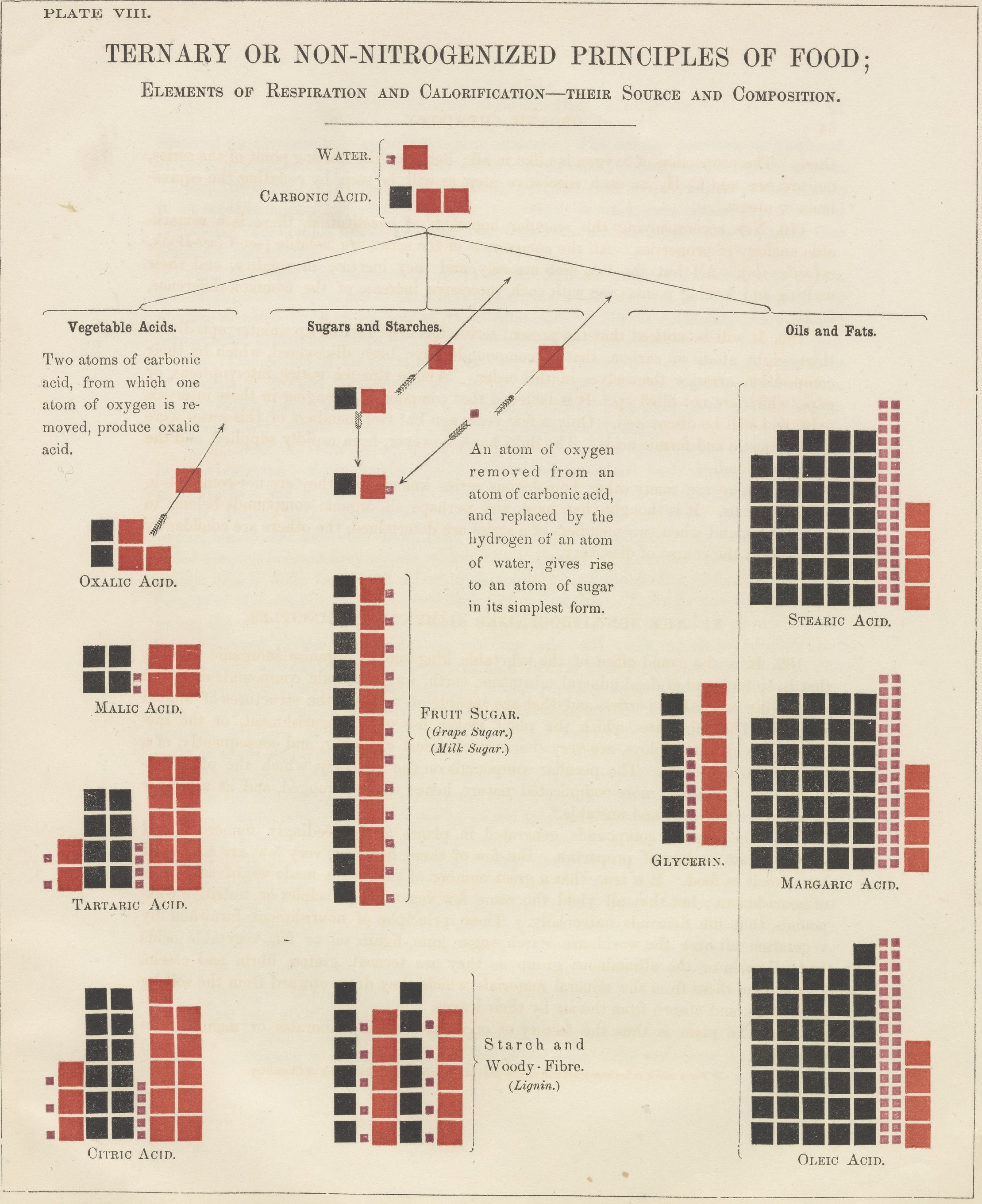
Plate VIII: Ternary or Non-Nitrogenized Principles of Food
Color plate illustrates the ternary or non-nitrogenized principles of food. The source and composition of the elements of respiration and calorification are represented. Includes vegetable acids, sugars and starches as well as oils and fats.
Via: Science History Institute
Would you like to support Flashbak?
Please consider making a donation to our site. We don't want to rely on ads to bring you the best of visual culture. You can also support us by signing up to our Mailing List. And you can also follow us on Facebook, Instagram and Twitter. For great art and culture delivered to your door, visit our shop.


